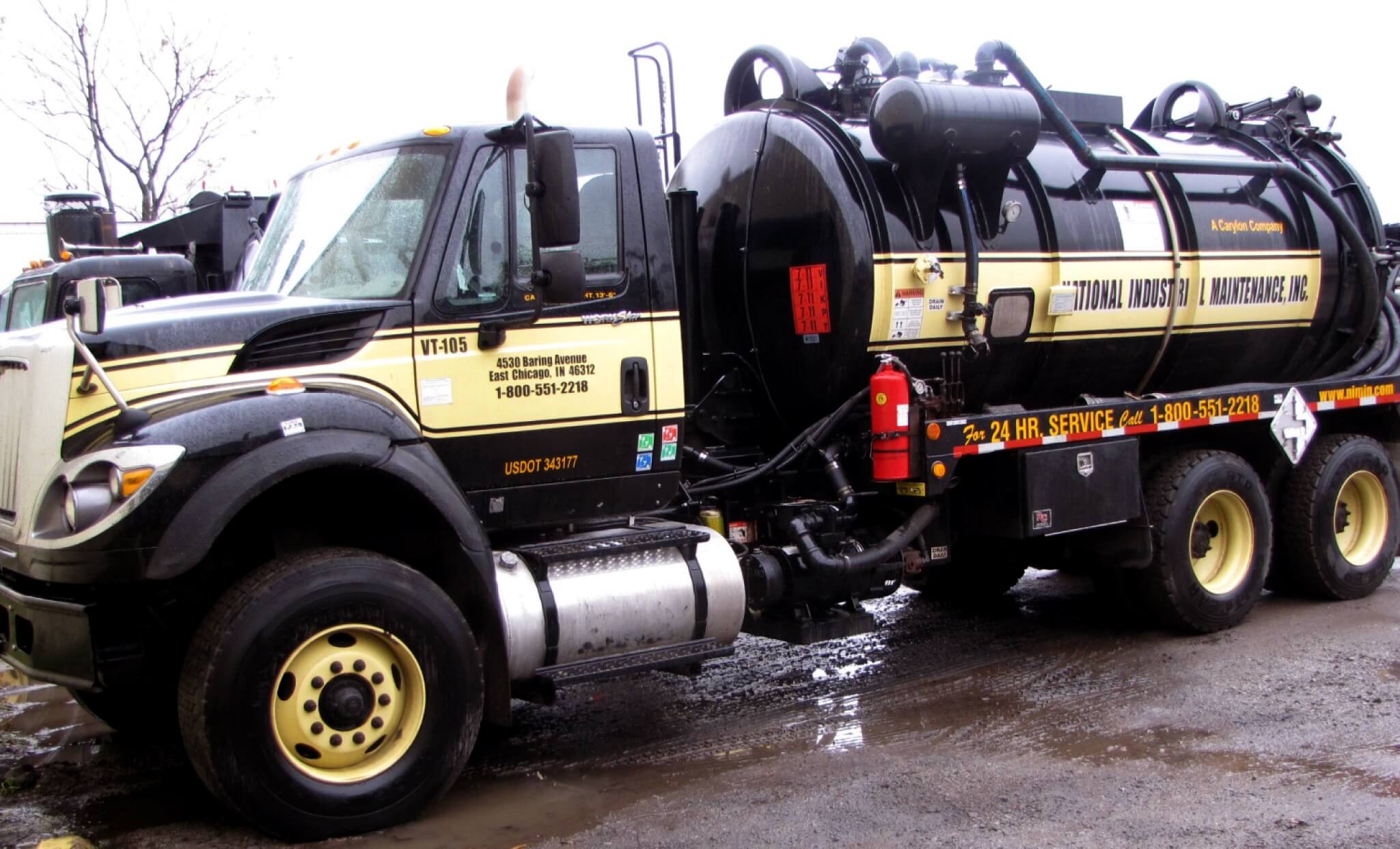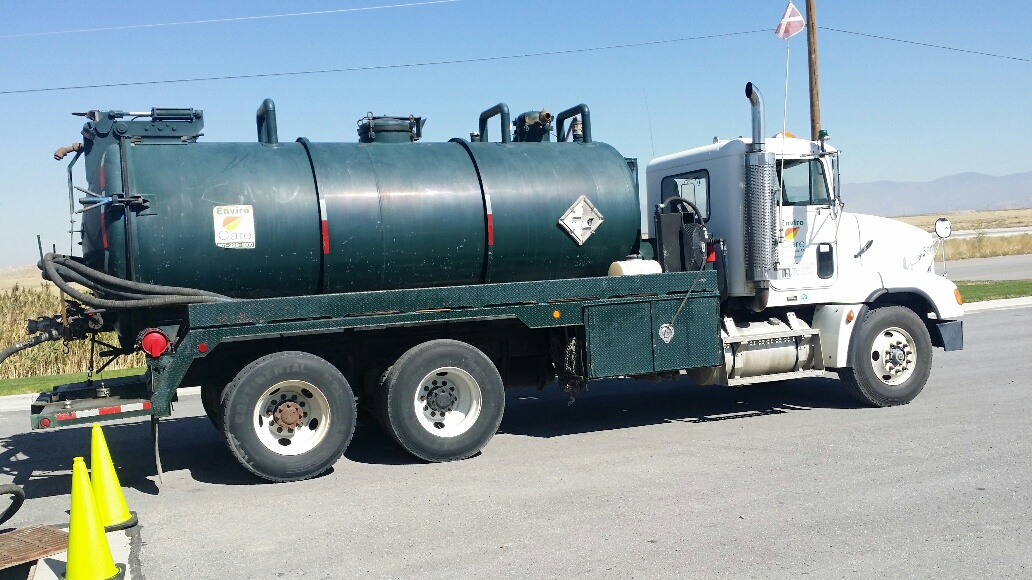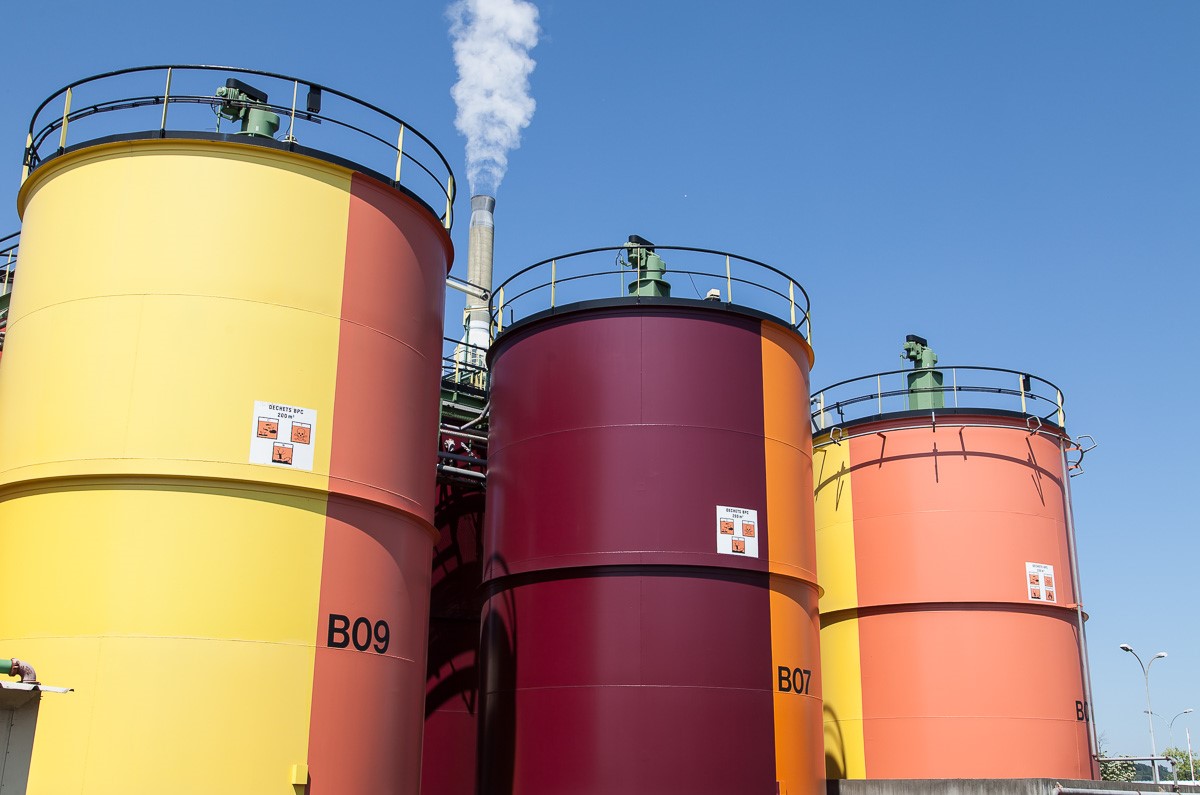Hazardous Waste Management Fundamentals Explained
Table of ContentsTransportation Of Hazardous Waste Ppts Things To Know Before You Get This8 Easy Facts About Hazardous Waste Disposal DescribedSome Of Transportation Of Hazardous Waste PptsThe Hazardous Waste Disposal Diaries
 Some Known Facts About Hazardous Waste Transportation Companies.
Some Known Facts About Hazardous Waste Transportation Companies.
See This Report on 10-day Hazardous Waste Transfer Facilities
https://www.youtube.com/embed/SD31yNnMHFY
Contaminated materials transporters are people or entities that move contaminated materials from one site to another by highway, rail, water, or air (see 40 CFR 260.10). This consists of carrying hazardous waste from a generator's site to a facility that can recycle, reward, shop, or dispose of the waste - waste water. It can likewise include transporting cured contaminated materials to a site for further treatment or disposal.
Dangerous waste produced at a specific site frequently requires transportation to an approved treatment, storage, or disposal facility (TSDF). radioactive waste. Because of prospective hazards to public safety and the environment, transport is offered unique attention by governmental companies. In addition to the periodic unexpected spill, contaminated materials has, in the past, been deliberately spilled or abandoned at random places in a practice known as "midnight dumping." This practice has been significantly curtailed by the enactment of laws that need appropriate labeling, transport, and tracking of all contaminateds materials.
Only an extremely percentage is carried by rail, and almost none is moved by air or inland waterway - household hazardous. Highway shipment is the most common because road lorries can get to most industrial sites and approved TSDFs - hazardous materials. Railway trains require costly siding facilities and are suitable only for huge waste deliveries.
They likewise can be containerized and shipped in 200-litre (55-gallon) drums. Specs and standards for freight tank trucks and shipping containers are consisted of in governmental regulations. In the United States a key feature of policies referring to squander transportation is the "cradle-to-grave" manifest system, which keeps an eye on the journey of hazardous waste from its point of origin to the point of final disposal.
The 5-Minute Rule for Hazardous Waste Transporters
It also supplies a method for determining the type and quantity of contaminated materials being produced, as well as the recommended emergency situation procedures in case of an unexpected spill. clipart. A manifest is a record-keeping file that must be prepared by the generator of the hazardous waste, such as a chemical maker.
A copy of the manifest needs to be provided by the transporter to the recipient of the waste at a licensed TSDF - in india. Each time the waste changes hands, a copy of the manifest must be signed. Copies of the manifest are kept by each party involved, and additional copies are sent to proper environmental agencies.
A location might need to be diked to consist of the wastes, and efforts must be carried out to get rid of the wastes and decrease environmental or public health dangers. metal manufacturing.
Harmful wastes can present difficulties when they are delivered. Because of this, getting contaminateds materials off of the dock isn't as easy as slapping a standard shipping label on the container and waving goodbye to the carrier. Essential requirements apply to everybody in the shipping chain: the generator who is offering the harmful waste for shipment, the transporter( s) and the destination facility receiving the waste - identification.
Transportation Of Hazardous Waste Ppts - Questions
 An Unbiased View of 10-day Hazardous Waste Transfer Facilities
An Unbiased View of 10-day Hazardous Waste Transfer Facilities
Each must also get proper Resource Conservation and Healing Act (RCRA) and U Recognized Trading & Shipping, Inc. (radioactive waste).S. Department of Transport (DOT) hazmat employee trainings so that personnel understand their functions and obligations for correctly handling contaminateds materials. Contaminateds materials should be correctly packaged for shipping. The containers (drums, cans, cylinders, tank cars, bulk containers, etc.) need to satisfy all relevant DOT shipping specs in 49 CFR parts 173, 178 and 179.
This consists of selecting the appropriate UN identification number for the waste in addition to the proper labels to determine the waste's risk class( es). treatment. All containers need to likewise be marked with the following terminology discovered at 49 CFR 172 - landscaping.304: Every contaminated materials shipment [40 CFR 262.20( a)] needs a manifest, a particular shipping file that the little or large quantity generator prepares.
The EPA requires that shippers utilize the Uniform Waste Manifest (Form 8700-22) for all hazardous waste deliveries. This form should have at least four copies however generally has six copies to accommodate the recordkeeping requirements of the generator, transporter( s) and location center. A generator picking to make its own manifest need to receive approval from the EPA Director of the Office of Resource Conservation and Healing (ORCR) and use approved resources for the printing - label.
If so, the generator must also provide the transporter with one paper copy [40 CFR 262 - truck.24] Facilities should train the individual preparing and signing manifests to totally and properly supply the info needed. underground. This individual must know the facility's EPA recognition number, relevant UN recognition numbers for wastes being shipped, EPA waste codes, emergency situation action details and any special requirements.
Hazardous Waste Manifests - An Overview
Each manifest must define the name of the location facility that is permitted to accept the wastes being shipped. In case that facility is unable to accept the waste, the manifest may also name an alternate center. If neither of those destination facilities can accept the waste, the carrier must direct the transporter to return the waste or take it to a various facility.
Each transporter will keep a copy for its records and offer the location center the staying copies. After the destination facility receives the hazardous waste, it will return a copy of the completely signed manifest to the generator. waste management. The generator should keep this copy for at least three years. If a big quantity generator does not receive the last copy from the destination facility within 35 days, that site needs to call the transporter and/or destination facility to examine the status of its delivery.
Little amount generators who do not receive a last, signed copy within 60 days need to submit an exemption report [40 CFR 262.420] Sites should keep each manifest for 3 years from the date that the preliminary transporter accepted the waste for delivery. Choosing the best types of shipping containers and marking them properly assists make sure that contaminateds materials will be transported securely - radioactive waste.
Thanks for reading our 15-part RCRA series on correct haz waste managing practices for security and compliance. If you missed out on a short article or would like to review any part of the series, you can see them all at.

 Log in with Facebook
Log in with Facebook 
 All about Hazardous Waste Management
All about Hazardous Waste Management Some Known Questions About Hazardous Waste Transportation Requirements.
Some Known Questions About Hazardous Waste Transportation Requirements. 6 Simple Techniques For 10-day Hazardous Waste Transfer Facilities
6 Simple Techniques For 10-day Hazardous Waste Transfer Facilities What Does Hazardous Waste Disposal Do?
What Does Hazardous Waste Disposal Do?




